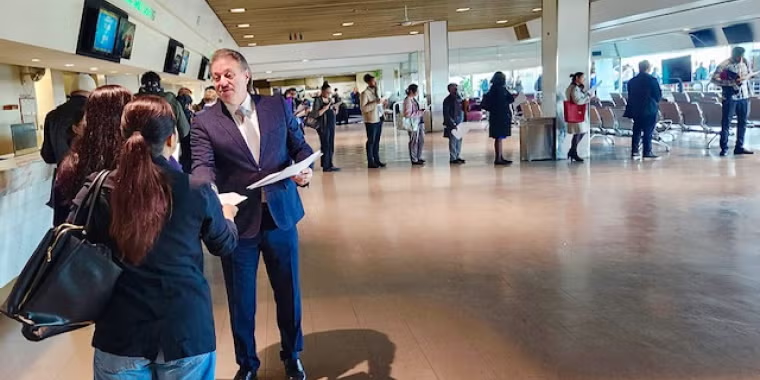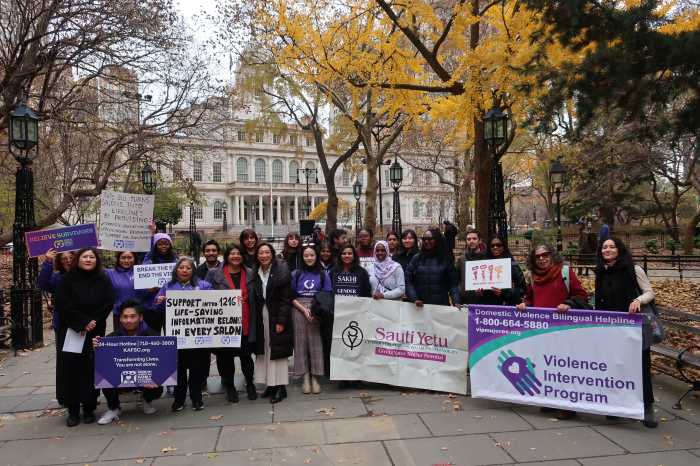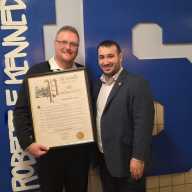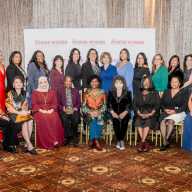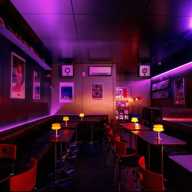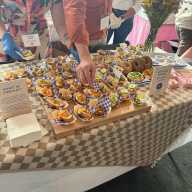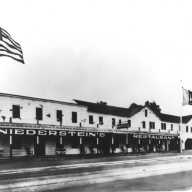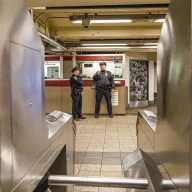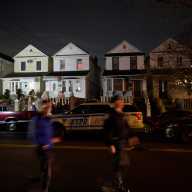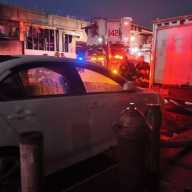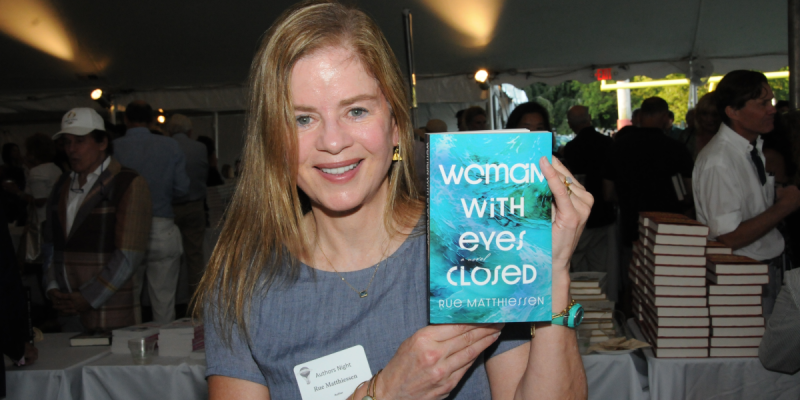By Joe Anuta
When a city commission redraws the district lines for the City Council this year, civic leaders from southeast Queens are calling for the unification of the Baisley Houses in Jamaica.
“Include all five buildings so there is only one Council member to oversee that area,” said A.U. Hogan, president of the Baisley Houses Tenant Association, speaking to a commission of 15 individuals appointed by the mayor and borough presidents who listened to comments about redistricting in Flushing last week.
The panel is tasked with adjusting boundaries of the 51 Council districts across the city for population growth according to the 2010 U.S. census. It must finish before next year’s elections and is set to reveal its first draft of the maps Sept. 5.
Several guidelines laid out in the City Charter stipulate exactly how the commission is supposed to adjust the lines.
One of those guidelines states that the commission should try and keep communities of interest together.
The Baisley Houses are a set of five eight-story buildings that accommodate more than 1,000 people, according to the New York City Housing Authority. They are at 116-45 Guy R. Brewer Blvd. in Jamaica.
The boulevard bisects the housing complex, and the west half is represented by Councilman Ruben Wills (D-Jamaica) and the east half is represented by Councilman Leroy Comrie (D-St. Albans).
“One side doesn’t come to the other side,” Hogan said.
Neither Comrie nor Wills could be reached by press time for comment.
But the hearing, which ran for hours, was an opportunity for advocates from across the borough to speak.
Representatives from Richmond Hill and South Ozone Park, neighborhoods historically carved into several districts on both the city and state level, were out in force to advocate for better representation.
A Richmond Hill group even made T-shirts calling for different lines.
“We consider Richmond Hill and South Ozone Park to be a single community of interest, and currently voters there are divided and thus diluted among four elected officials. This area should be united within a single City Council district and thus given meaningful representation,” said James Hong, speaking on behalf of the Asian American Community Coalition on Redistricting and Democracy, which advocates for voting rights for various Asian communities throughout the city.
The coalition, which explained the rapid Asian population growth in Queens, also urged a shift in districts covering Bayside, Elmhurst, Jackson Heights and Woodside.
The Asian American Legal Defense and Education Fund, another voter advocacy group, will be drawing up its own vision of how the lines should be drawn called the Unity Maps.
Reach reporter Joe Anuta by e-mail at januta@cnglocal.com or by phone at 718-260-4566.




